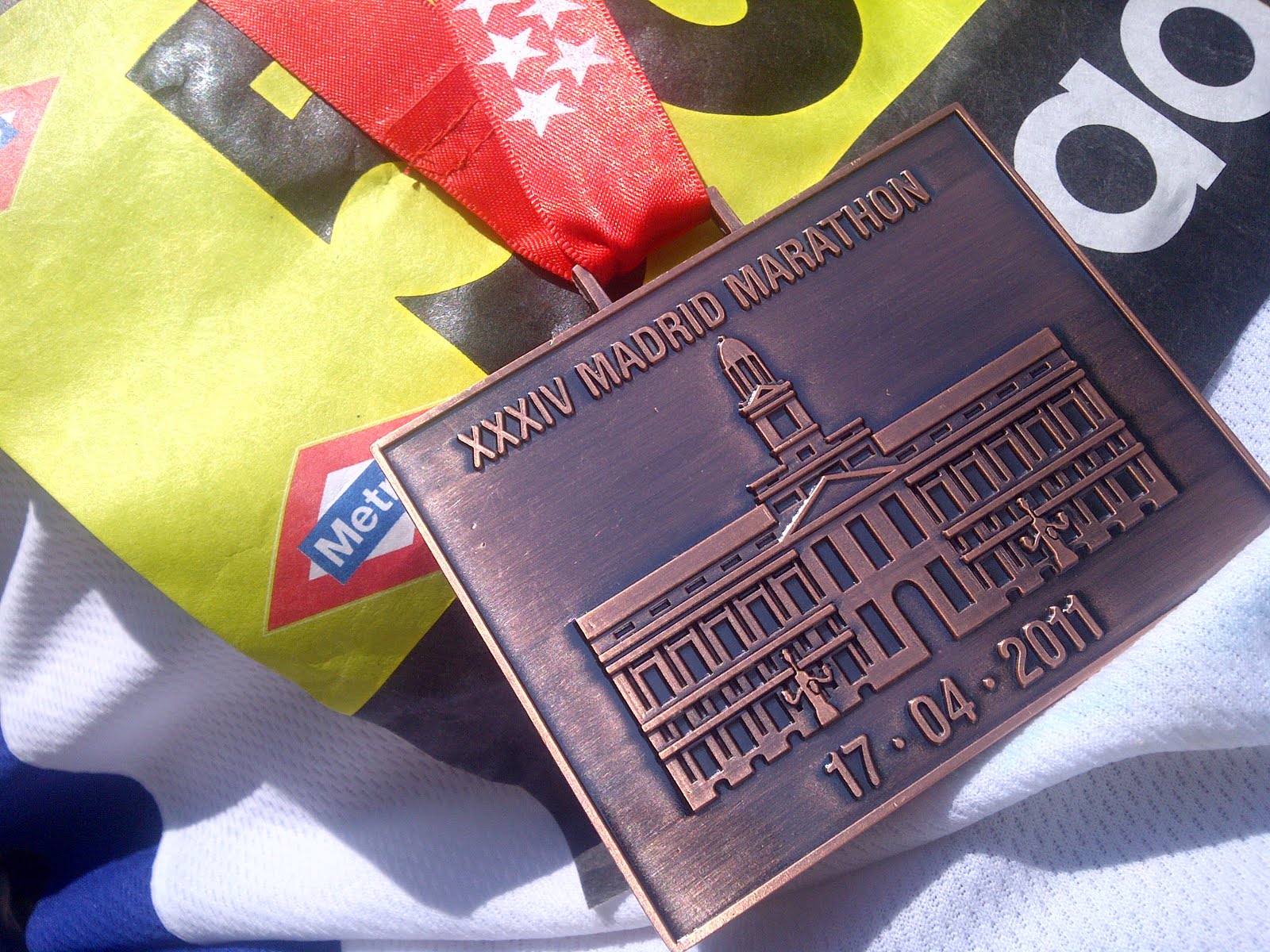The 20 mile march
This is an updated (and corrected) version of a post from January last year. Found it incredibly valid these days, even if it will turn 2 years old in a few months.
You may be familiar with the "20 mile per day" concept, originally coined in the business world by Jim Collins, referred in his latest book Great by Choice, a leadership oriented publication which came after Good to Great from same author.
To be honest, I have not been able to finish reading any of these two books. The second and earlier one, Good to Great was given to me some time ago. Actually, I received two copies, probably because the sender thought I needed two to make sure I couldn't escape from the learnings... but, as usual, I am much faster than knowledge.
But the important point here is about the journey, the journey itself and how to reach your destination, or, in business (or life) terms, how to accomplish your goals.
The 20 mile a day approach is totally about HOW. Once you have set up your goal (business or strategic targets), and based on the environment (market, competition, and/or other 3rd parties' elements), you should take a look at yourself (resources, competences) and make a bold (...ad here...) decision:
this is HOW I am going to make it
Surprisingly enough, the statement "this is HOW I am going to make it" delivers only 15 entries in Google search (actually 13+2), versus 489 results for
This is my GOAL
Which confirms two things:
1. There is more gravitation towards Objectives (and Strategy in general) compared to Execution, and...
2. This post (based on 1) is fit for purpose considering Execution should take 98% of our energy, as Tom Peters says and many times ReTweeted:
Here is the story:
The race to the South Pole happened in 1911, a century (+1 year) ago, between Scott and Amundsen. Actually, both heroes made it to the pole, however, it was Amundsen who reached his destination 34 days before Scott, and came victorious.
Scott died in his way back from the pole, as a consequence of starvation, cold, and bad planning for a worst case scenario.
Both men, took different approaches towards same goal. Amundsen made it by means of a key execution tactic, the 20 mile a day approach, planning everything, no matter how bad weather was or how steep hills, so they could make an average of 20 miles every day.
In contrast, Scott chose a reckless approach, pushing his crew to travel much further and faster on favorable weather conditions, whenever provided.

Amundsen and his team changed his outfit, and used Eskimo-style skins instead of the heavy wool clothing. They also used skis and dog sleds for transportation. They created supply depots on their way to the south pole, and thoroughly calculated the exact amount of dogs necessary for the trip, actually, part of the food supplies as well.
Amundsen's plan was carefully designed to meet execution requirements, with a long term orientation. Risk was, Scott could eventually go faster, unless weather conditions worsen.
On a personal note, Amundsen's strategy reminds me my personal experience running my first marathon. Over the course of 26 Miles I had to compete against others at the beginning and against myself at the end, controlling carefully pace and running style, adapting to limited physical resources and the ups & downs during the race.
After 20 miles running, no more and no less, step length, body weight balance, muscle workload, or breath control become critical. Is at this point when runners "hit the wall", an invisible physical and sicological barrier which makes many abandon.
Amundsen equals success, success as measured by the traditional metrics recorded in history books. Success defined as reaching your goal, getting to the South Pole, first and before anyone else.
However, I found another success story here.
Scott's team couldn't make it as weather conditions turned against them, and, contrary to Amundsen, they weren't prepared for that. It actually cost them their lives.
These are Scott's last words, just before he died, in his way back from the pole :
We took risks, we knew we took them; things have come out against us, and therefore we have no cause for complaint, but bow to the will of Providence, determined still to do our best to the last ...
Scott and his team literally d-i-e-d pursuing a dream, they strongly believed in what they were doing. Determination, for me, is one of the key ingredients required to deal with reality and make things happen.
They made other mistakes but definitively, they put all they had into it, and with that, comes glory, another form of success, no matter if you arrive second or last, like in a marathon.

